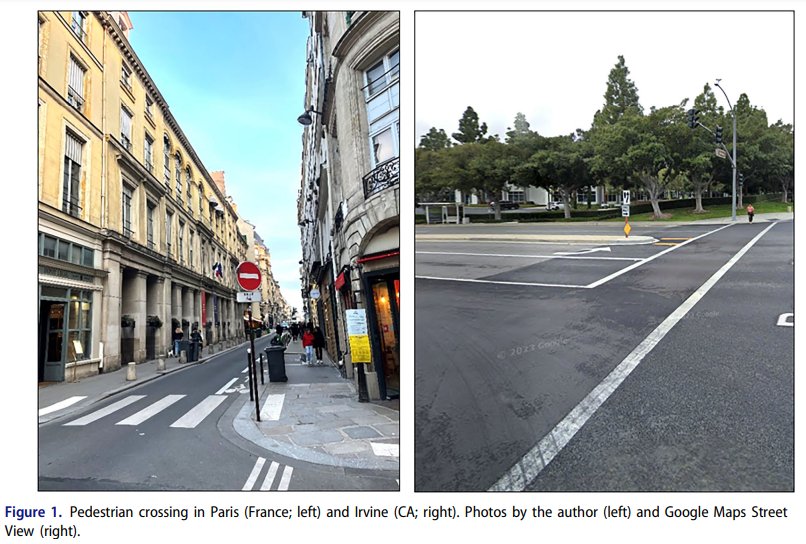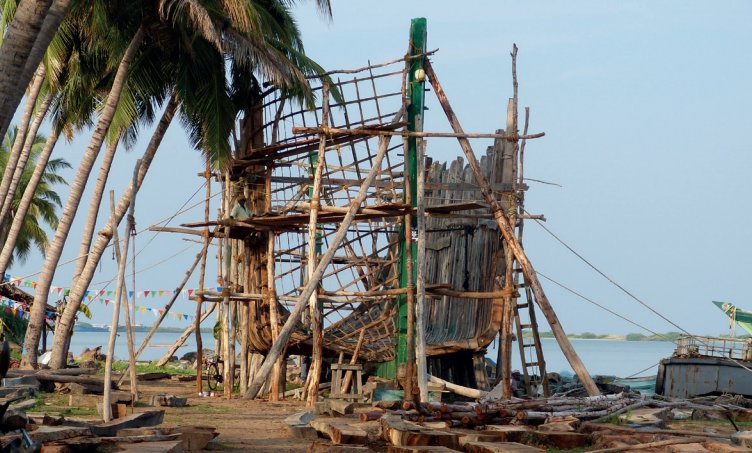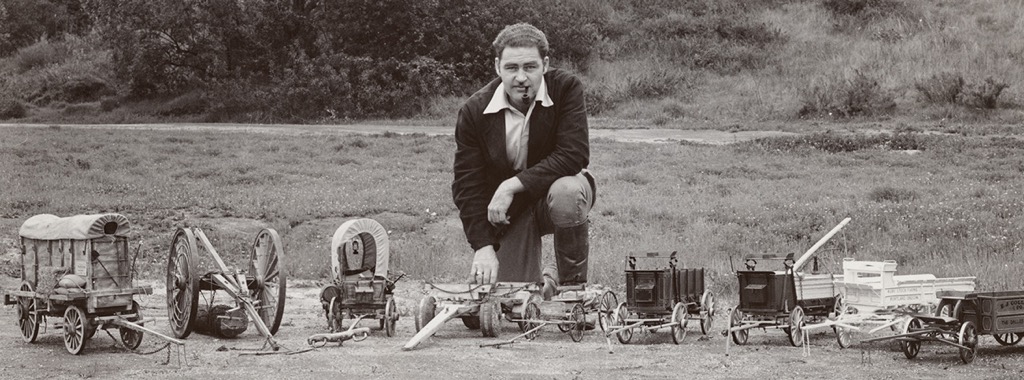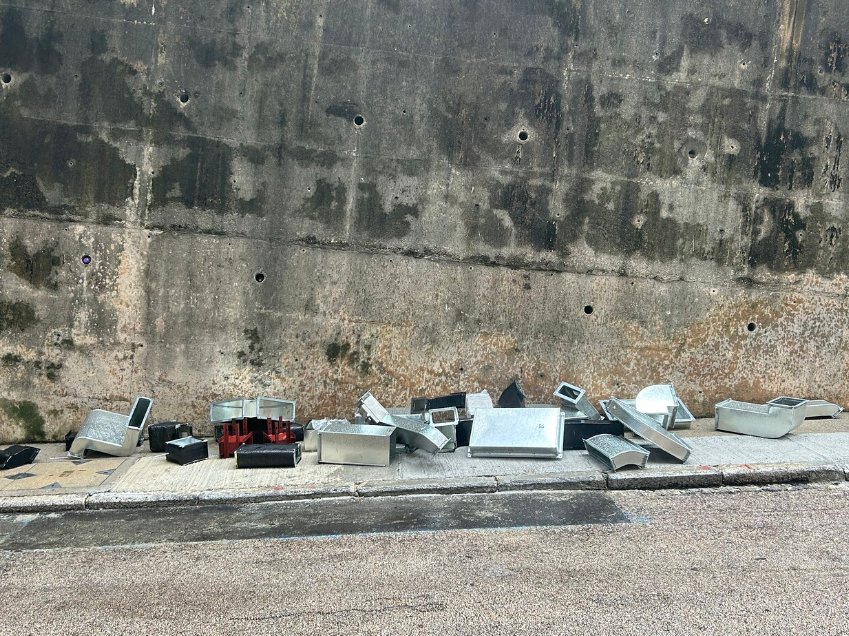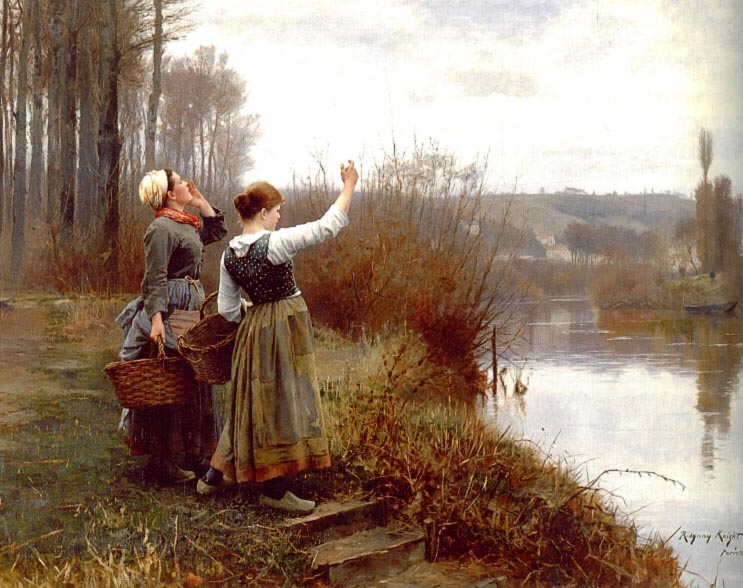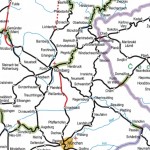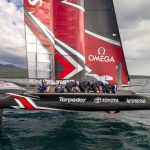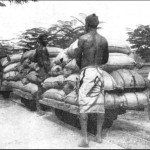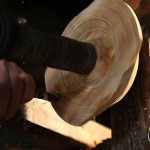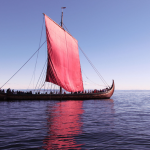From Places Journal:
“Building” is a powerful metaphor that has long structured how we think about progress and accomplishment. What might be the new metaphors, the new rubrics, for an epoch of repair? How might professions premised on growth and consumption — new buildings, new landscapes, new cities — adapt to the new urgencies of reuse, preservation, and degrowth?
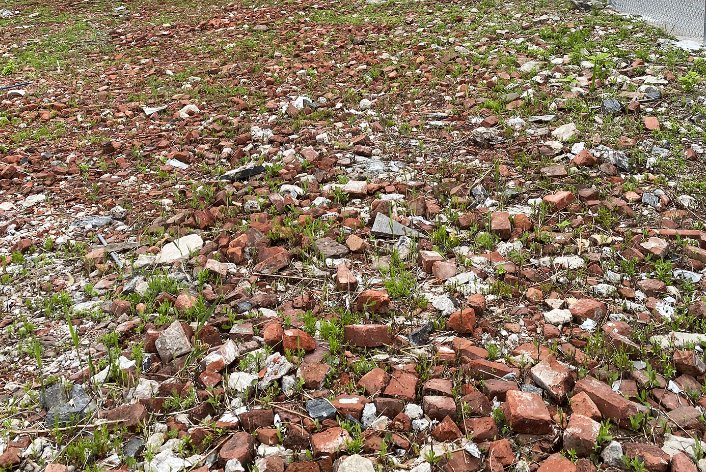 Image: Vacant lot, Second Avenue and Second Street, New York City, July 2024. [David Gissen], Places Journal.
Image: Vacant lot, Second Avenue and Second Street, New York City, July 2024. [David Gissen], Places Journal.
Field Notes: Repair explores these questions and more through an ambitious eight-part narrative survey, featuring observations from nearly 100 scholars, designers, planners, activists, and artists. Contributing authors take us to locales around the world, from Belgrade to Chicago; Delhi to the Blue Pacific; Johannesburg to New York City, Malmö, and London, among many others.
In the installments, you’ll discover thoughtful, nuanced, and urgent calls for practices of repair, reuse, preservation, maintenance, and care. Some are hyper-practical, concerned with the lifespans of artifacts and structures. Others revise or propose philosophies of repair that might address the overlapping crises of climate change, economic inequality, and racial injustice. More than a few acknowledge that repair can only take us so far. “Field Notes: Repair” follows an earlier series in Places, Repair Manual.
